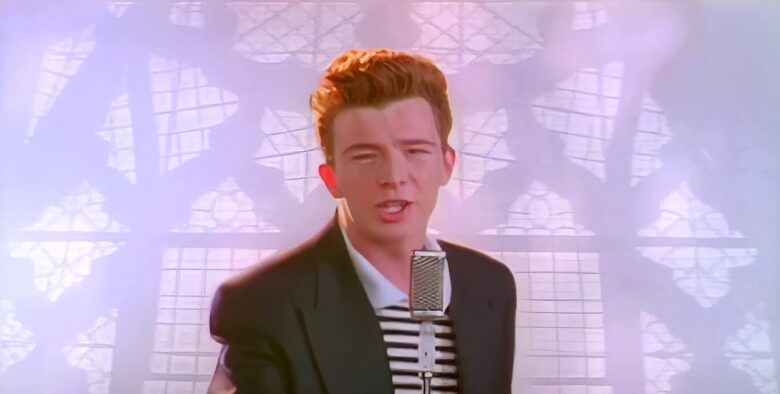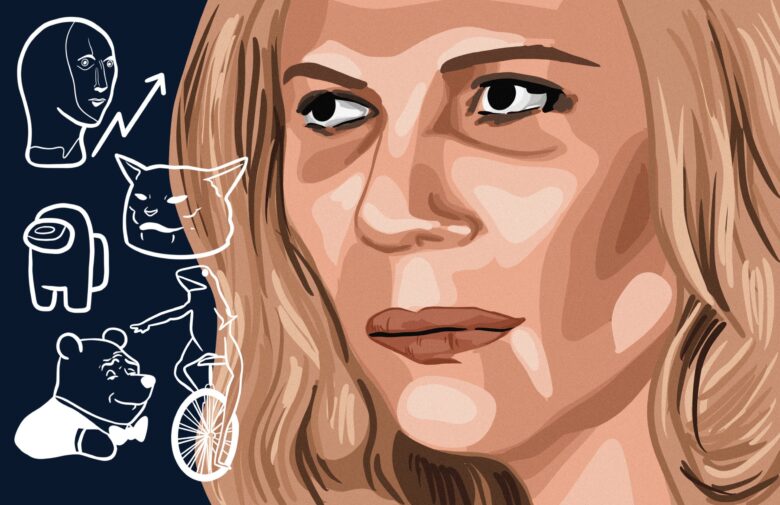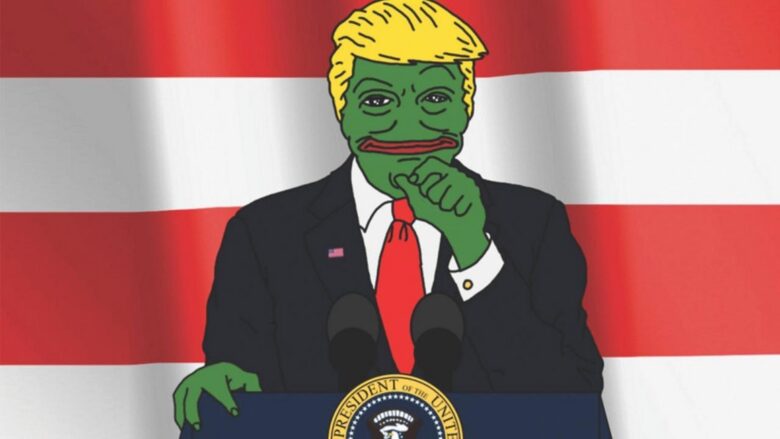You may be wondering, what exactly are memes? Well, at their core, memes are simply a form of viral content that spreads through the internet like wildfire. They can take many forms, like a picture with a catchy caption, a GIF, or even a short video. But what makes them so appealing is the way they capture a cultural moment or a relatable feeling in a way that resonates with people.
Memes have been around for a while now. Believe it or not, the first memes were actually passed around in the form of email chains back in the 90s. But it wasn’t until the rise of social media that memes really took off. These days, memes are everywhere – from Instagram or TikTok to dedicated meme platforms like Memes Feel. You can’t scroll through your feed without stumbling across one.
But beyond just being a fun way to pass the time, memes have become an important part of internet culture. They’ve been used to start conversations about important issues, bring people together, and create a sense of community online. They’ve even played a role in shaping public opinion and influencing political campaigns. So, next time you come across a meme, don’t be too quick to dismiss it – it might just be shaping the way we view the world.
The Evolution of Memes

So, let’s take a fun trip down memory lane and look at how memes have evolved over the years. Back in the early days, memes were pretty simple. There was the “rickroll,” where people would post a link that they claimed was something cool, but it would actually take you to a video of Rick Astley’s “Never Gonna Give You Up.” And then there were “lolcats,” which were pictures of cats with captions written in broken English. These memes were all the rage in the early days of the internet, but they were just the beginning.
As the internet grew, so did the complexity of memes. We started seeing the rise of image macros, which are images with captions that can be easily manipulated to fit any situation. And then there were GIFs, which took the internet by storm. Suddenly, we could express our reactions in a way that words just couldn’t. Memes became a language of their own.
And these days, memes are more popular than ever. TikTok has become a breeding ground for new memes, with trends and challenges popping up all the time. Due to the advancements in technology, we’re now seeing deepfake memes where people’s faces are superimposed onto other bodies or videos. It’s pretty wild stuff. But no matter how memes evolve, one thing is for sure: they’ll always be a staple of internet culture.
The Impact of Memes on Internet Culture

Memes have become an essential part of internet culture, and their impact is undeniable. One of the most striking things about memes is their ability to spread like wildfire and cross cultural boundaries. A meme that starts in one corner of the internet can quickly become a global phenomenon. And because memes often rely on visual elements, they can be understood and appreciated by people regardless of language or cultural background.
But memes aren’t just about spreading joy and laughter. They also have the power to shape public discourse and opinion. Take, for example, the “distracted boyfriend” meme, which was used to comment on everything from political campaigns to social issues. Memes like this have become a way for people to express their opinions and ideas in a way that can be easily shared and understood by others.
And memes have also had a big impact on pop culture and politics. We’ve seen memes play a role in political campaigns, with candidates using memes to connect with younger voters. We’ve also seen memes used to comment on events, like the GameStop stock market frenzy, and memes have even been used to influence the outcome of elections. It’s incredible to think about the power a simple meme can have on shaping our world.
The Darker Side of Memes

While memes can be a lot of fun and bring people together, there’s also a darker side to the world of memes. Unfortunately, memes have been misused for harassment and cyberbullying. It’s too easy to use a harmless meme to spread hate or hurt someone’s feelings. However, if something is a meme, it doesn’t mean it’s okay to use it to harm others.
Another downside to memes is that they can be used to spread misinformation and propaganda. With the speed at which memes spread, it might be hard to tell what’s real and what’s fake. And because memes often rely on emotional reactions, they can be used to manipulate people’s opinions and beliefs. It’s important to be critical of the memes we see and to fact-check information before sharing it.
Finally, there are ethical considerations surrounding the creation and sharing of memes. With the rise of deepfake memes, there are concerns about consent and privacy. It’s important to think about the potential consequences of creating and sharing a meme and to consider whether our actions are respectful and fair to those involved. Memes can be fun, but it’s important to be aware of their potential downsides. Let’s all use memes responsibly and be mindful of their impact on ourselves and others.
Wrap-up
So, we’ve covered a lot of ground in this article, from the history of memes to their impact on internet culture. Memes have become an essential part of internet culture and will continue to be so. They bring people together, make us laugh, and shape our world. And as technology advances and new platforms emerge, we can expect memes to evolve and influence society in new ways. It’s vital to be aware of the potential downsides of memes and to use them responsibly. Let’s all enjoy the fun and humor memes bring while being mindful of their impact.

